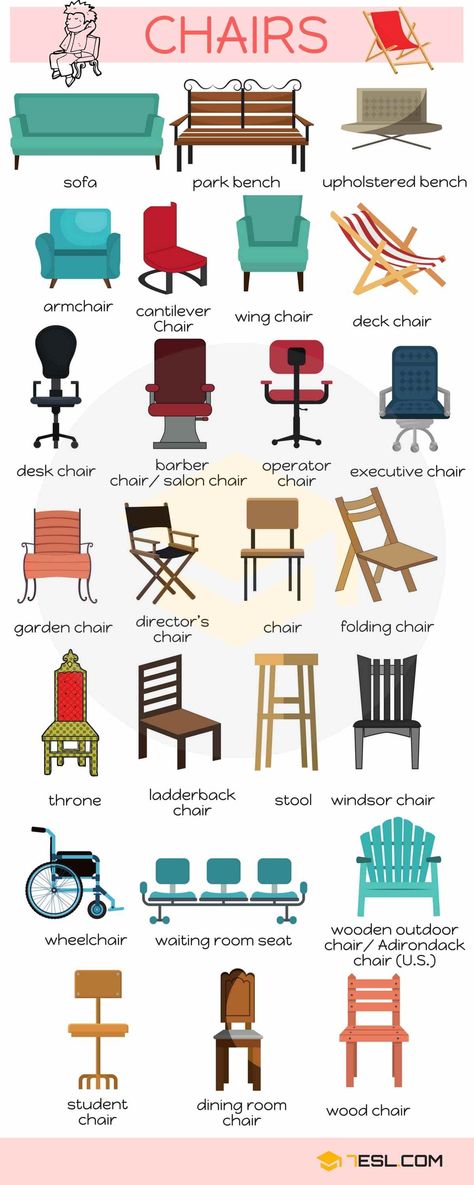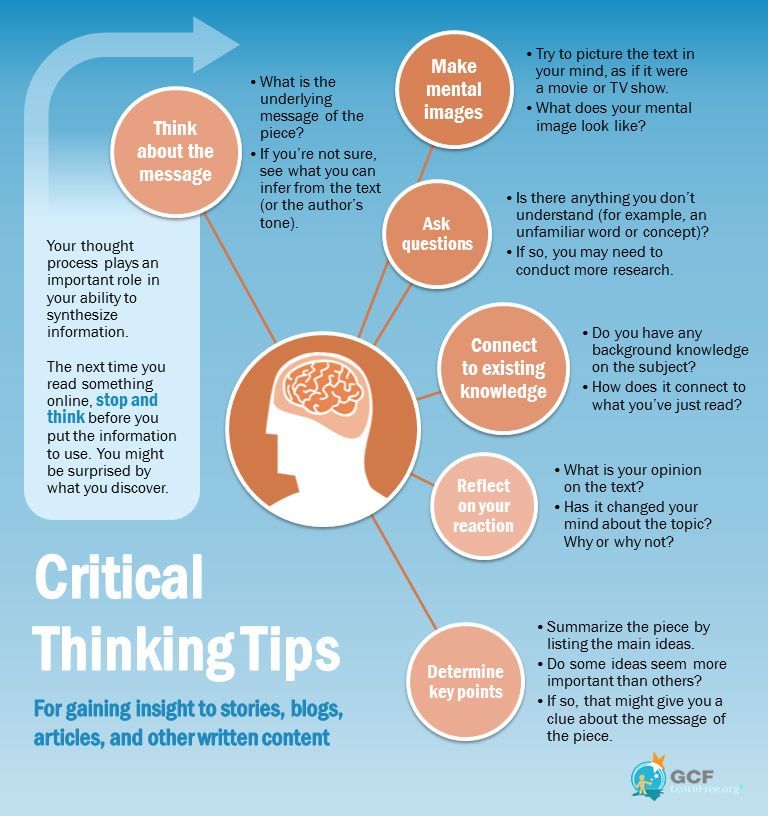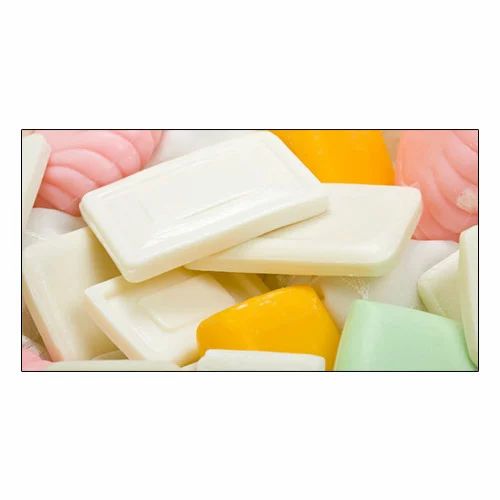Type a personality chair
Have a Type A personality or dealing with someone that has one?
If you are someone with a Type A personality or if you have to deal with a family member, coworker or friend with a Type A personality, then this post may be of interest to you.
Lessons from furnitureAbout 50 years ago, Meyer Friedman and Ray Rosenman, two cardiologists in the Bay Area, bucked the trend at that time to view cardiovascular disease as a purely physical problem. Instead, they suggested an association between mental states and heart disease. The really cool part was how they came to this hypothesis. By observing furniture wear and tear!
In the waiting room of the practice they ran, Friedman and Rosenman noticed that chairs needed to be upholstered for rather unusual reasons. The upholsterer brought to their attention that the chairs in the waiting room were
worn out in the front and armrests, instead of the usual chair backs. The doctors knew these chairs were typically occupied by coronary patients, who tended to be tense and fidgety. These patients were inclined to sit on the edge of chairs and would leap out of the chairs, often impatiently, causing rather unusual wear and tear patterns in the furniture (and additional expenses for the doctors).
Observing these chairs made the doctors curious enough to conduct further research on the link between mental states and heart-related problems. Eventually, they published a book “Type A Behavior and your heart” to propose a connection between stressful/impatient personality types and heart disease. This publication laid the foundation for what we refer to in popular culture today as ‘Type A personality’.
Personality TypesTechnically, while there are more than two personality types, we’ll deal with just the two popular ones here – Types A and B.
Type A personalityType A personalities are the competitive, impatient, organized, time-managing, neurotic ninjas around you. They know who they are.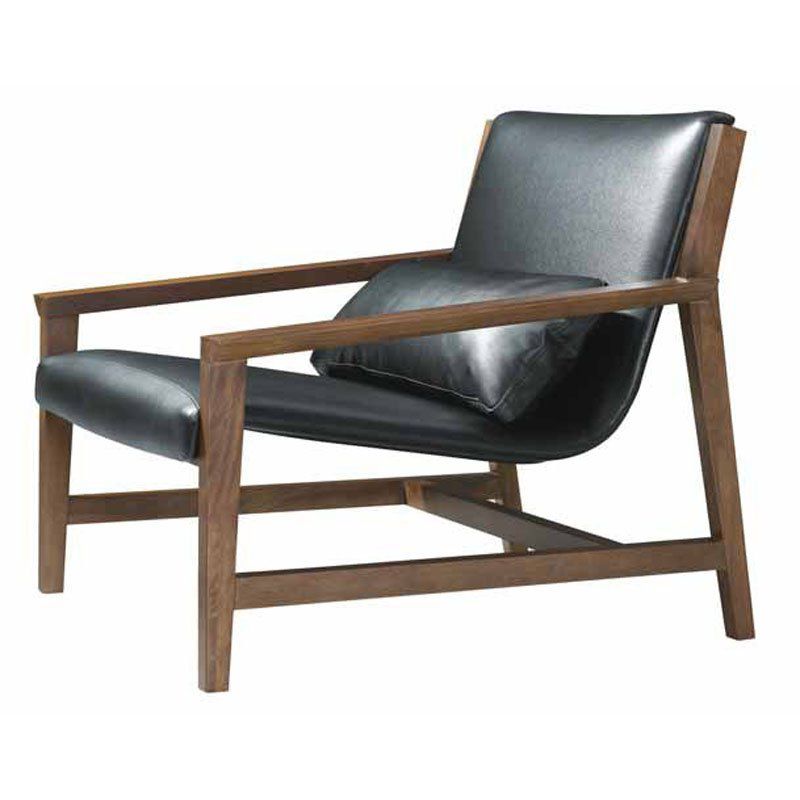 You will certainly know who they are after you spend a minute with them.
You will certainly know who they are after you spend a minute with them.
Their shtick in life is to drive themselves and everyone else around them crazy. To them the maxim, ‘Don’t put off till tomorrow what can be done today’ is barely good enough. Today is already plenty late in their dictionary. Their world is usually ending in a few minutes.
Full disclosure. I’m a card-carrying, ring leader of this group. The Caption of this blog is “Make the most of today”. I’ve written two posts on how to waste time but intentionally (Post 1 and Post 2). I used to wear my Type A as a badge of honor. But I’m not sure anymore. Like wearing shoulder pads in the 80s. Was considered cool once, but best downplayed now.
Type B personalityDo or do not. There is no try.
– Yoda
The other side to the coin, is the more mellow, easy-going bunch of folks, aka the Type Bs. They are the content-to-amble-along-life crowd.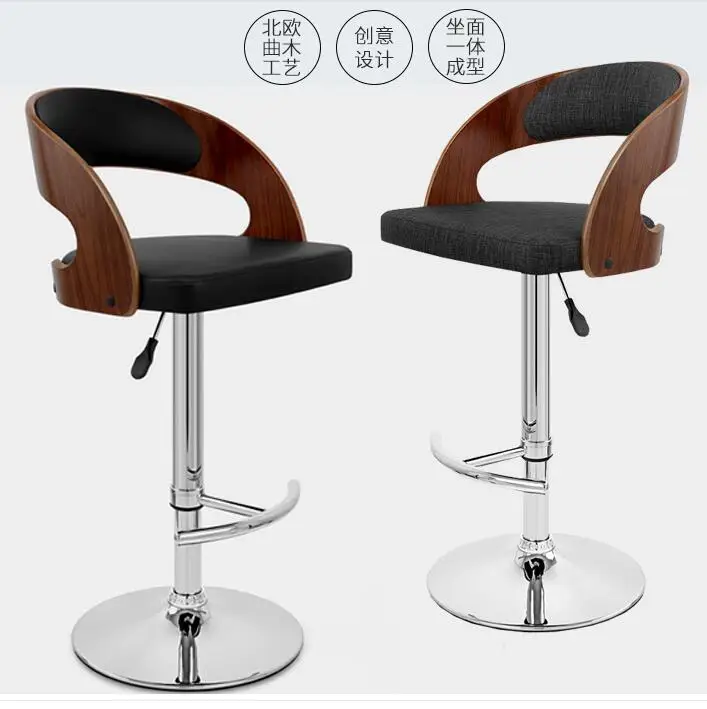 They are usually not beset by any sense of urgency. Their philosophy in life is generally, ‘Don’t put off till tomorrow what can possibly be done a week from now’.
They are usually not beset by any sense of urgency. Their philosophy in life is generally, ‘Don’t put off till tomorrow what can possibly be done a week from now’.
I have seen slower people than I am and more deliberate… and even quieter, and more listless, and lazier people than I am. But they were dead.
– Mark Twain
Type Bs believe in letting ‘nature take its course’, an expression, as a Type A, I admit, I never can understand. Because, really, why would you let anything take it’s course and not try to steer it your way?
Can A and B coexist?And therein, lies the conflict between the As and Bs. The world can be divided into these two camps. You can see a clash of these personalities everywhere – at work, home, in social situations. So, the million-dollar question is, can these two types ever co-exist?
Type A personality vs Type B personalityThe short answer is yes. The caveat, though, for peaceful coexistence, is to accept the reality of the other side.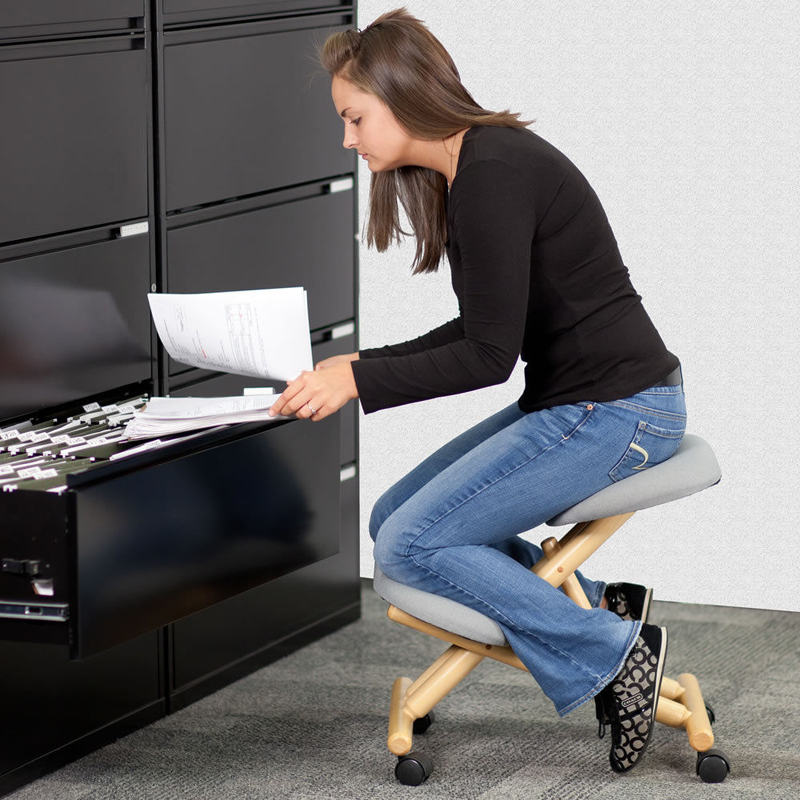
Jackie, a first-time mom with a 9-month-old infant attends her Mothers group meeting and bursts into tears when the topic of potty training comes up. After saying all the right things to comfort her, the group gently asks her what caused the bout of crying.
Jackie explains how she’s been doing all this online research on toilet training her baby from the time the child was 6 months old. She has a solid plan all built up to start the process right away. Knowing that Amazon has a separate section on Toilet Training with ‘Top 100 free’ and ‘Top 100 paid’ books; she can even rattle off the bestseller list for the last 8 weeks. She has shortlisted 3 different seats and picked out favorite diaper patterns. All relevant coupons have been alphabetically saved in a folder.
When she broached the subject to her husband, last week, his baffling response, however was ‘How many children in diapers do you see in grade school? The training will eventually happen by itself; we’ve got another 5 years to get it right.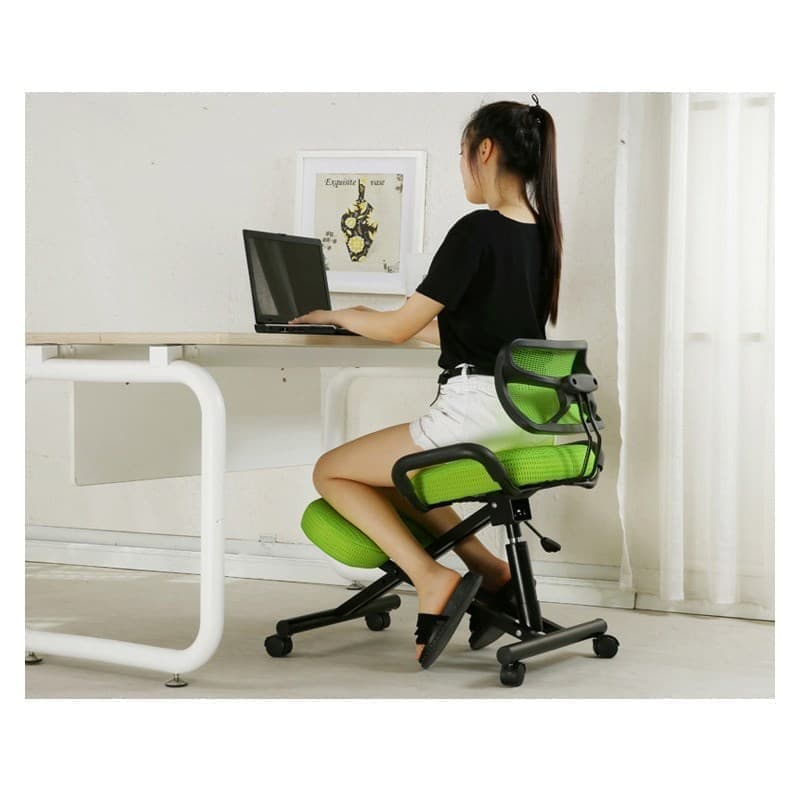 Let’s not worry about it now. Let’s instead get in this Netflix show while we can’.
Let’s not worry about it now. Let’s instead get in this Netflix show while we can’.
Whaaaaat? Of course, Jackie is justified in bawling. Her dreams of her one-year child forever being diaper-free are in stark contrast to her husband’s willingness to spend a third of their retirement income on diapers.
Type A personality contrast with Type BClose to homeBy now, you recognize your personality either in Jackie’s or her husband’s. Right this minute you can name at least one person in the opposite camp. My bet is, this is someone really close to you. Because – opposites attract!
Just recalling a recent action by this other person invokes in you a feeling that could range from sympathy for the person (poor conflicted soul) or mild frustration (but why couldn’t he just do it right the first time?) to full on anger (how dare he?)!
Am I right or am I right?
The world would be very boring if we all were made the same way. At least, that’s how I console myself when I see people not in line with my point of view. That’s my way of taking the higher ground!
At least, that’s how I console myself when I see people not in line with my point of view. That’s my way of taking the higher ground!
The example above with Jackie and her husband is of two personality types in action, albeit counter-productive actions. Both have good intentions. They are unfortunately at opposing ends of the spectrum. The right answer, like in most cases, is somewhere in the middle.
As armchair psychologists, you and I can easily point the flaw in the above case to say that Jackie should have taken the time to have the conversation with her spouse before she over-planned. She set herself up for failure. Sounds simple, right?
However, having been in similar situations countless times, I can say, Jackie did not have the time for this. She just expected her husband to go along with the plan. Of. Course. Because, really, it’s such a great plan and she has made sure her ducks are in a row.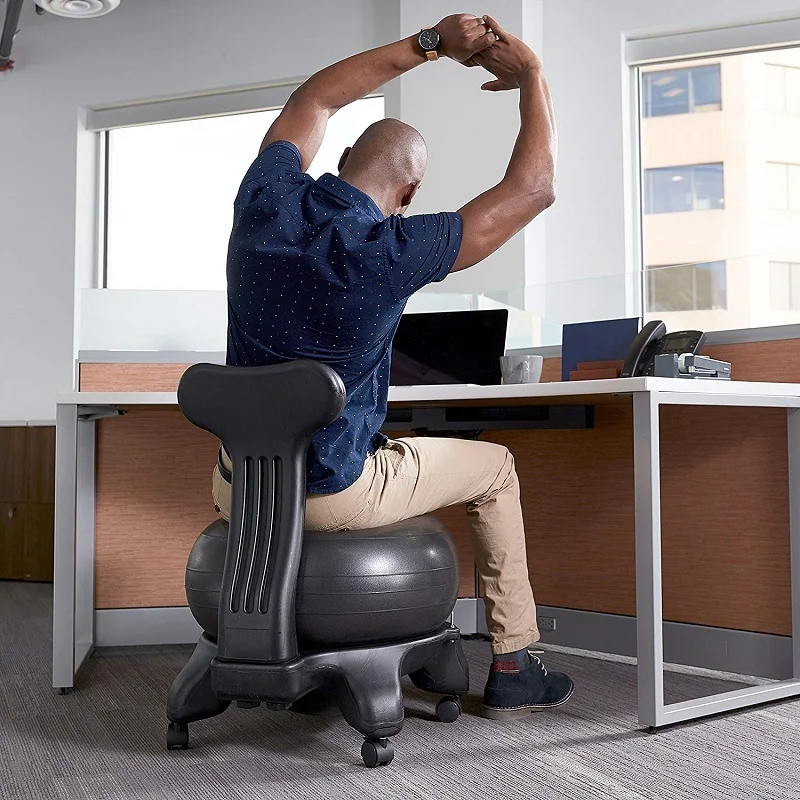
I use the analogy of an efficient bus driver picking up passengers on a busy weekday morning in New York city. The driver needs to stop enough times en route to pick up her passengers. Sometimes, though, it’s possible she becomes too focused on driving her bus and managing traffic to notice whether passengers are on board or not. Oops!
In Jackie’s case, she got her driving credentials, learnt the route and is driving full speed. Her husband’s only job is to get on the bus. So, if you put yourself in Jackie’s shoes, isn’t her husband the one being foolish by not getting on board with the plan?
This happens a lot to someone with a Type A personality. They are so goal-focused and productivity conscious that they forget to deal with minor infractions such as getting people to buy-in to their plans along the way. Because that would require them to stop and explain their plans, to these ordinary mortals, who typically tend to be unwilling or reluctant listeners.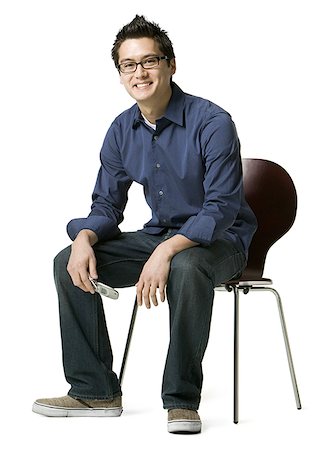 WHO HAS THE TIME?
WHO HAS THE TIME?
However, my dear Type A friends, I’d like you to pause for a minute here and listen intently. I have some bad news for you. In this game, the Bs are the winners. That sound you hear now is really them laughing their face off at the Type As. Sad, but true!
As Friedman and Rosenman discovered, the As are short charging their lives by being stressed and impatient. Their stressful natures impact their physical health. They are not fun to work for or be around.
The B’s, on account of their relaxed and casual nature, are more easygoing and as a result enjoy lively friendships and conversations. They stop to smell the roses (sometimes falling asleep in the process). But nature loves them back for that very reason. Unfair, you say. I know! But I didn’t write the rules.
Nature vs NurtureSo, is it possible at all to bridge this gap? Can a type A learn to be a B? While science says inherent personalities (nature) cannot be changed, the great news is that behaviors can be learned (nurture).
Someone with a Type A personality would do well to learn to apply the brakes often. Some examples of how you train yourself to do these include:
- Leaving your phone at home for a day
- Conscientiously choosing the longest line in the grocery store (and not fretting about it every second)
- Parking farthest away from the mall entrance
- Brushing with your non-dominant hand
- I’d suggest using a dial-up internet connection, but those don’t exist anymore.
You get the point. Anything that slows you down from the rapid paced life you have set for yourself. These may all sound extreme. But desperate situations call for desperate measures!
Of course, cultivating mindfulness is key here. I cannot overstate the importance of a Mindfulness Meditation practice here.
ConclusionDr. Friedman believed that “Type A personalities who succeed do so in spite of their impatience and hostility”.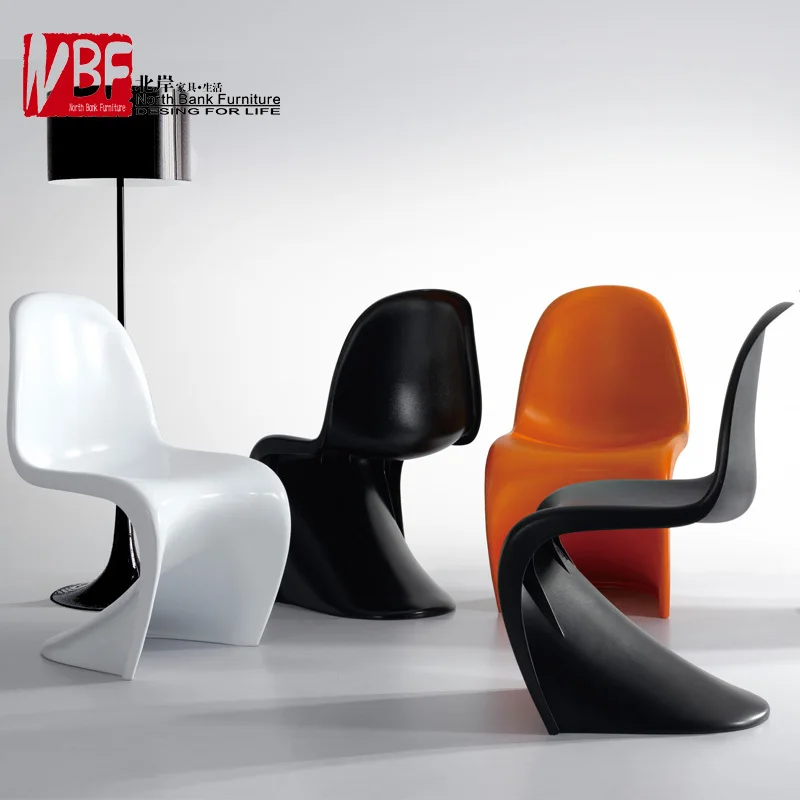
Read that again. Not because of. But inspite of. Humbling, isn’t it?
It is good to be efficient but don’t let efficiency be the be-all, end-all. Learn to be mellow. Find hobbies or activities that you may consider time consuming. The goal here is to SLOW. RIGHT. DOWN.
Do this for your own sake. For your boss. Or your spouse. And to paraphrase Gracie Hart from Miss Congeniality “And for World Peace”. Really. Because your life depends on it!
ReferencesColbert, Don (2003). Deadly Emotions: Understand the Mind-Body-Spirit Connection That Can Heal or Destroy You. Nashville: Thomas Nelson Inc. pp. 42. ISBN 978-0785267430.
https://en.wikipedia.org/wiki/Meyer_Friedman
Meyer Friedman & Diane Ulmer (1984). Treating type a behavior – and your heart. New York: Knopf. ISBN 0-394-52286-9
What is your Chair Personality? •
I’ve become more aware.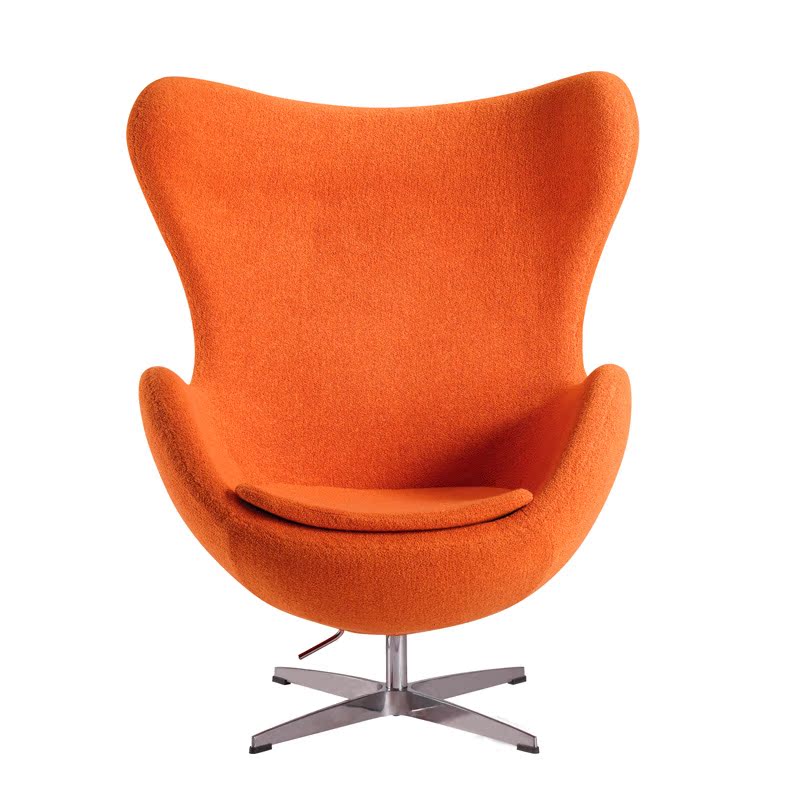 I love taking advantage of the time gained from all my time spent driving and running errands. Now, I’m finding myself planting, cooking, and cuddling up soft fabrics. When I go outside, the landscape is now in technicolor. I notice the birds, and appreciate the wind on my face. Ive started an herb garden, and actually am using the herbs in my recipes. But, I’m really looking at my chair; the one at my computer that I sit on during zoom calls all day long.
I love taking advantage of the time gained from all my time spent driving and running errands. Now, I’m finding myself planting, cooking, and cuddling up soft fabrics. When I go outside, the landscape is now in technicolor. I notice the birds, and appreciate the wind on my face. Ive started an herb garden, and actually am using the herbs in my recipes. But, I’m really looking at my chair; the one at my computer that I sit on during zoom calls all day long.
My chair looks great. It’s a 60’s reupholstered high back chair. But, it’s not the right proportion. I now have a neck roll strapped onto this chair to help with neck strain.
Why did I get this chair? Oh yes, because it’s my style. It looks swank and mod.
My husband found a chair for his industrial modern man cave with a raw metal shell with rivets that looks like part of an airplane. But, it’s as hard as a rock. I got him an ergonomic seat cushion to help with the comfort.
So, why do we choose these type of chairs? It’s not only because they coordinate with the room; but also they are an extension of our personalities.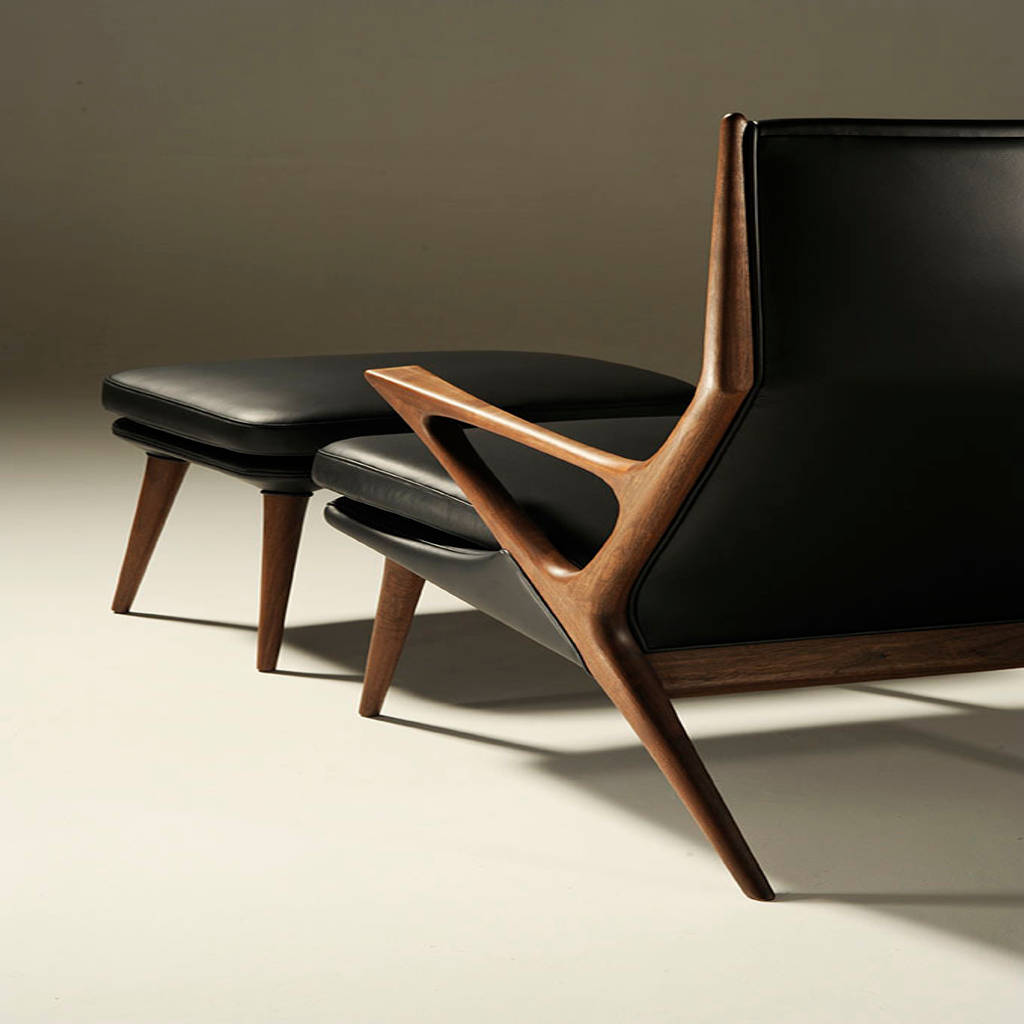 But, they also tell so much more. Unless you are just using any old chair, the chair you purchased for your computer at home can say a lot about who you are.
But, they also tell so much more. Unless you are just using any old chair, the chair you purchased for your computer at home can say a lot about who you are.
The great thing about chairs, is they can change how you feel about yourself.
(My chair)
For me..it shows that I love the allure and romance of tailored, mod fashion and film from the 60’s. This was an exciting era, where product design seemed always like an extension of fashion and architecture the Mondrian period was a comeback everything was coordinated to prove all details were thought out. It was also a period when innovation and open space plans were happening at the same time as space exploration.
My husband’s chair
My husband was brought up with his grandfather teaching him how to fix cars. He loves tinkering and fixing things. He has childhood collections of old books and mementos. The chair has a leather seat that reminds him of an old worn old jacket in the “heyday” when cars and planes were an emerging industry.
So, if you find yourself sitting in a chair for your computer that’s not comfortable, Ergonomic Trends article may help with understanding seating and posture. http://ergonomictrends.com/creating-perfect-ergonomic-workspace-ultimate-guide/
https://www.humanscale.com/userfiles/file/HealthyWorkstation_desk.pdf
If your looking for a new office chair, check out these sites for a proper ergonomic chair that help with posture:
https://www.humanscale.com/products/seating
htps://www.steelcase.com/products/office-chairs/
Cultural Chairs
Many chairs are designed with culture and history in mind. Take Jomo Tariku, a modern furniture designer who’s work has been featured globally. He infuses his African heritage with modern designs. Jomo Tariku’s Nyala chair was inspired by the Nyala antelope in Ethiopia.
Fine artist, Cheryl Riley (who’s work has been in the Smithsonian’s Cooper Hewitt Museum amongst others) poured cultural expression into her Dogon Chair 1,”
Cheryl said , “ The Dogon Chair I, 1997, with its exaggerated high back, is not intended to function so much as a chair, but more as a sculpture that can be sat on.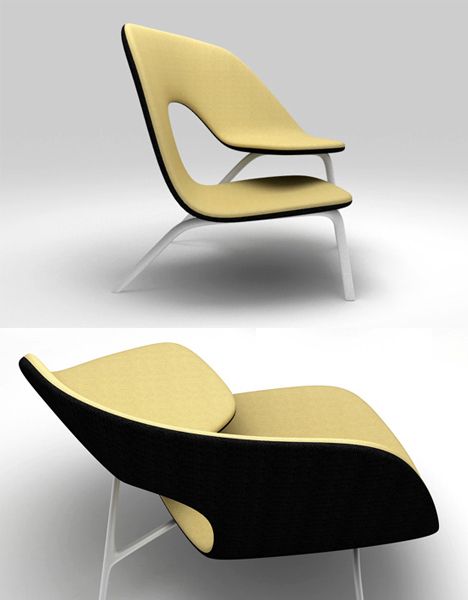 When one sits on the nailhead imbedded seat, the copper objects attached to its top rail, chime . Its inspiration was a tribute to function and tradition embodied. Elder males of tribes in Mali inherit the squat, short-back chair from their father. Throughout their lives it is their constant companion. They sit on, lean on when sitting on the ground and use it as a head rest for sleeping. The chairs develop wonderful patinas from the fire ash, smoke, soil, body oil and sweat. I paid homage with copper powder and hundreds of eschutcheon pins in the seat. When girls reach the age of maturity and return from seclusion with female elders where they are taught the ways of a woman, their grandfathers’ chairs become part of ritual in a ceremonial circle ‘coming out’ dance. Since creating the first chair which was exhibited multiple gallery and museum shows, I was commissioned by a Chicago collector in 2005 to create a second that is hung with Murano glass I purchased on a trip to Italy.
When one sits on the nailhead imbedded seat, the copper objects attached to its top rail, chime . Its inspiration was a tribute to function and tradition embodied. Elder males of tribes in Mali inherit the squat, short-back chair from their father. Throughout their lives it is their constant companion. They sit on, lean on when sitting on the ground and use it as a head rest for sleeping. The chairs develop wonderful patinas from the fire ash, smoke, soil, body oil and sweat. I paid homage with copper powder and hundreds of eschutcheon pins in the seat. When girls reach the age of maturity and return from seclusion with female elders where they are taught the ways of a woman, their grandfathers’ chairs become part of ritual in a ceremonial circle ‘coming out’ dance. Since creating the first chair which was exhibited multiple gallery and museum shows, I was commissioned by a Chicago collector in 2005 to create a second that is hung with Murano glass I purchased on a trip to Italy.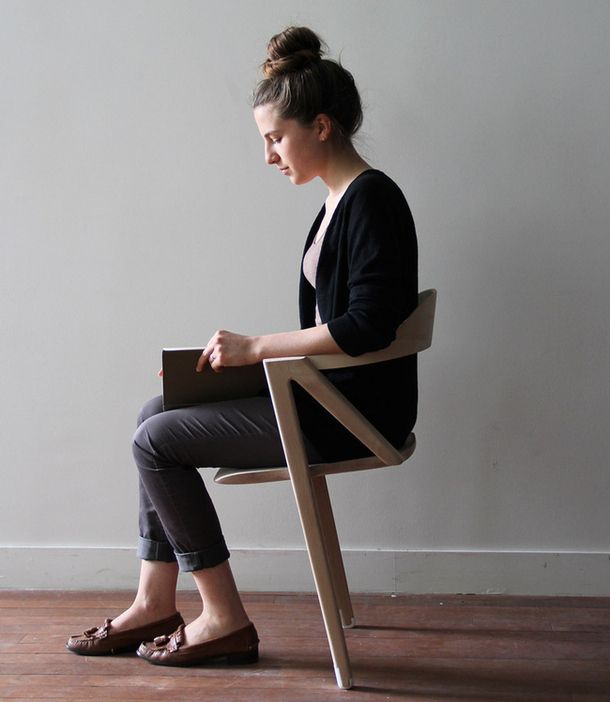 “
“
Chairs that Nurture:
I had to add this part, because today more than ever, we’re reaching for something comfortable. If you’re looking to feel moments of nurturing, a chair that can cuddle you is a good place to start.
There are chairs that can cup your body, giving you the feeling of being nurtured and safe.
There are many, but I think I’d like to really cuddle up into this Bolitas chair by Brazilian Designer duo Fernando and Humberto Campana (who’s works have been in multiple museums including Museum of Modern Art, New York) .
Bolotas Armchair (Brown), 2015 , Sheep’s wool and Ipê wood, Edition of 8
If you can’t get the Bolita chair, you can add soft fabrics and pillows to add to your favorite chair that can give you more comfort. Also, here’s an article on setting up a home office .
The great thing about chairs, is they can give you insight about yourself if you look closely.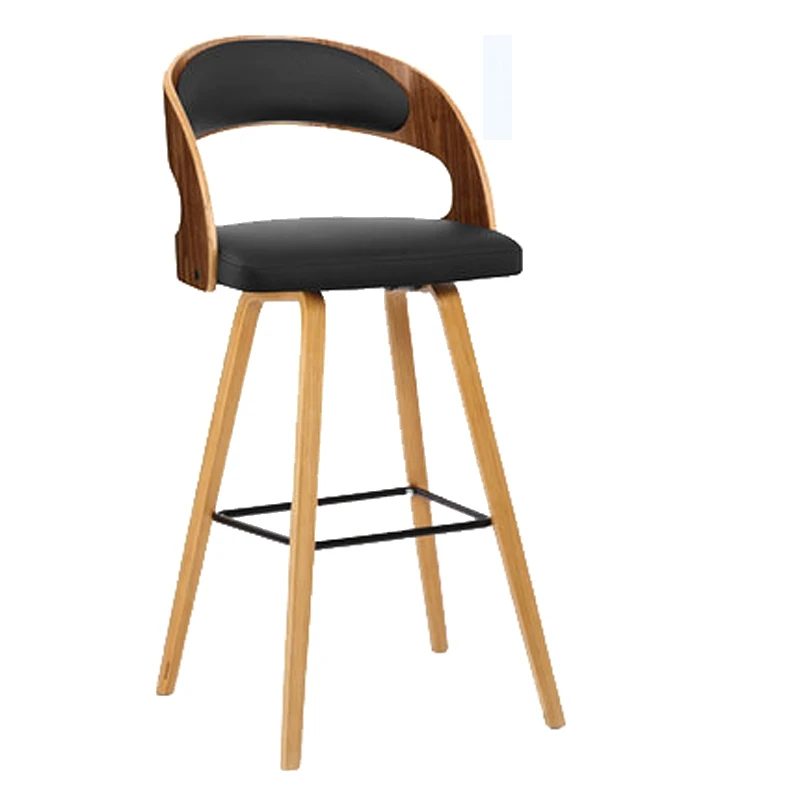 Style, Materials, fabrics, culture, and your own history can give you clues on what you like and how you like to feel.
Style, Materials, fabrics, culture, and your own history can give you clues on what you like and how you like to feel.
Lastly, I study film and how it relates to the emotion behind design. Check out Tony Zhou’s video – in Praise of Chairs.
For Educational Purposes only
Bristol stool scale: a simple method for self-diagnosis of constipation
Stool frequency is an individual indicator. It can range from 1-2 times a day to 3-4 times a week - and all this is the norm. The question arises: how to determine that a person has constipation, and is it time to take a laxative or visit a doctor?
When there is no stool for too long, it is undoubtedly bad for health, especially if no measures are taken. But frequent unreasonable use of laxatives can do no less harm.
At the moment, there is a fairly simple and accurate method for diagnosing constipation - the Bristol stool scale. It is not based on stool frequency, but on the density and shape of the stool.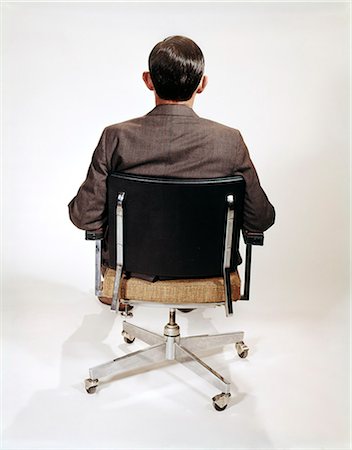
The logic behind this diagnostic method is simple. If the stool moves through the intestines at a normal speed, then water is retained in it, it is soft and has an optimal consistency. If the feces move too slowly, most of the water has time to be absorbed. The density of feces increases, it is more difficult for them to move through the intestine. There is constipation.
Physicians use the Bristol scale. And you can also use it to detect stool problems in time and take action.
Who invented this method for diagnosing constipation?
The method, as its name suggests, was developed by scientists from the University of Bristol, which is located in the UK. It was first published and proposed for the diagnosis of constipation and other disorders in 1997.
Since then, the Bristol scale has been used all over the world - doctors have recognized it as a very effective and important diagnostic method.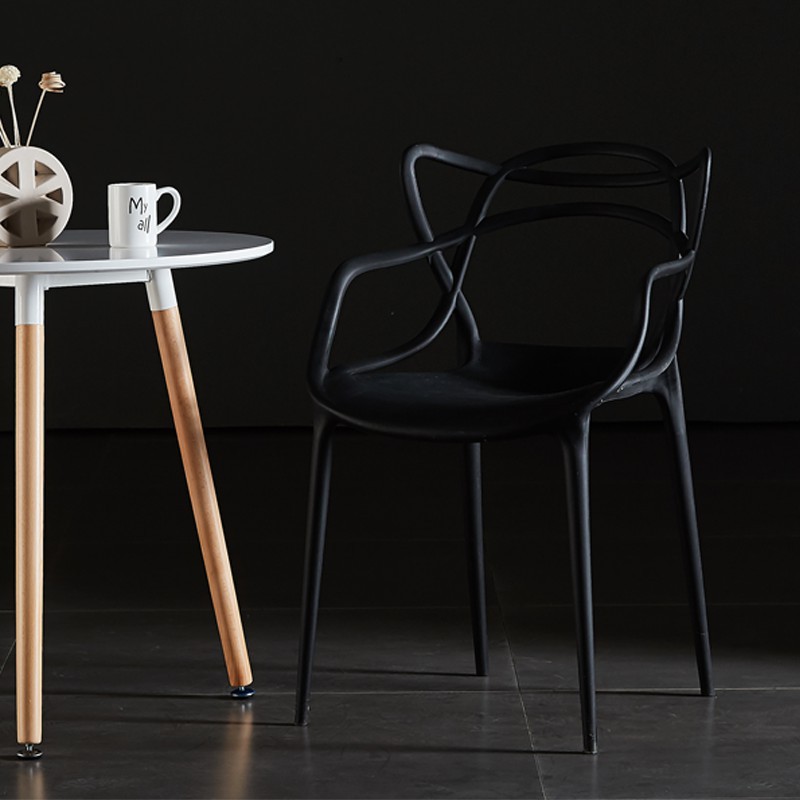
How do I self-diagnose constipation using the Bristol scale?
Type I. Severe constipation
Loose hard lumps resembling nuts. Defecation occurs with great difficulty.
Type II. Constipation
Sausage feces, but lumpy, hard. It has a larger diameter compared to type III feces.
Type III. Normal stool
Kal sausage, surface ribbed, covered with cracks. It has a smaller diameter compared to type II feces.
Type IV. Normal stool
Sausage-shaped feces, serpentine.
The surface is even.
Type V. Tendency to diarrhea
Loose soft lumps with smooth edges. Unlike type I feces, defecation is easy.
Type VI. Diarrhea
"Fluffy" loose lumps with uneven, ragged edges. Such a chair is called mushy.
Type VII. Severe diarrhea
Loose, watery stools, no lumps.
What do you need to know about this diagnostic method?
- The Bristol scale only measures the shape of the stool.
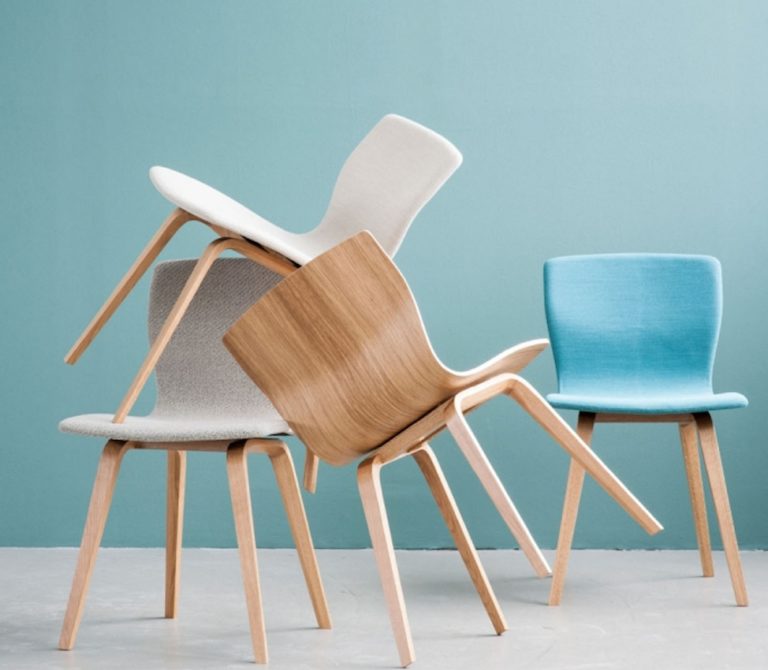 It does not take into account other indicators such as color, impurities of blood, mucus, undigested particles, etc.
It does not take into account other indicators such as color, impurities of blood, mucus, undigested particles, etc. - This method will not detect many serious health problems, especially in people who suffer from chronic diseases.
- And even more so, you cannot, based only on this scale, independently, without a doctor, make a diagnosis for yourself.
However, by the consistency of the stool, you can assess the general condition of the intestines and, if necessary, take a laxative to quickly deal with the problem. For example, with functional constipation not associated with serious diseases, Microlax ® helps.
Some medicines can cause problems with stools. If you start taking any drug and notice a change in stool consistency, you should immediately inform your doctor about this. Perhaps the doctor will stop the medication, prescribe an alternative that does not have this side effect, change the dosage, or recommend taking laxatives while you are undergoing treatment.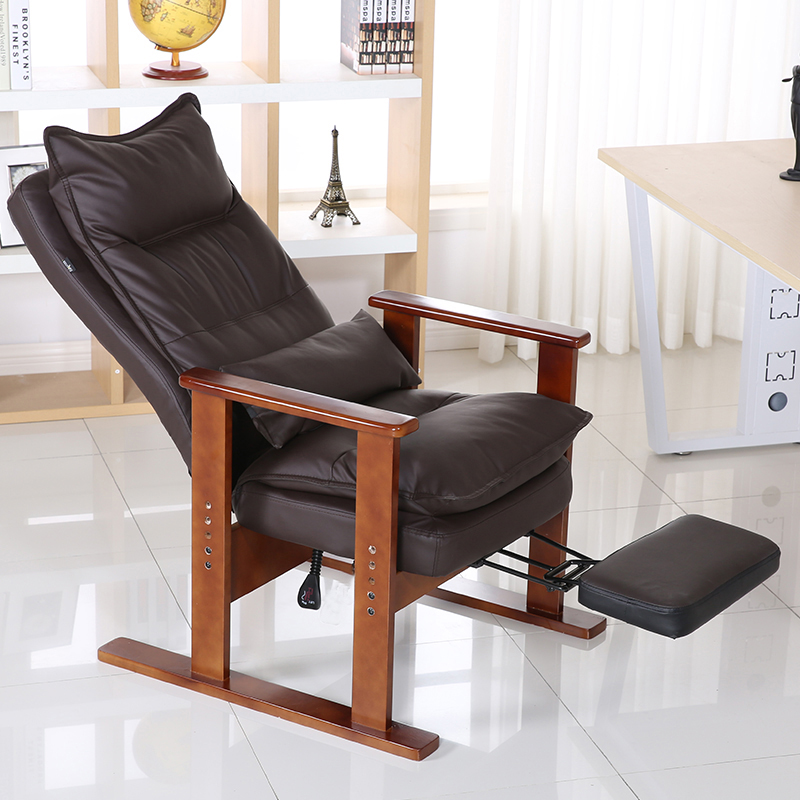
If you know what types of feces are and know how to use the Bristol scale, you speak the same language with the doctor. Of course, this will help the doctor to more correctly assess your condition and prescribe the most effective treatment.
English style armchairs and chairs
Armchairs and chairs, however, like other furniture in the English style, have certain characteristic features, which we will discuss below. The first thing you need to pay attention to is the quality and type of materials.
It must be remembered that furniture in English is primarily wood, leather, fabric and decorative furniture nails. Here, perhaps, is the entire list of the main materials used. We will not focus on the quality of the materials used, since it should be clear to everyone that quality in English furniture is in the first place, and hence it follows that only valuable wood species are used in its manufacture, such as oak, beech, and a number of other dense varieties. .
.
In order not to go far, we will immediately publish a list of armchairs and chairs that can be bought in our store. Remember that in addition to a large selection of fabrics, 300 colors of wooden elements are available to you.
English style chairs/semi-chairs
| Semi-chair "Martin" (Code: 871479) 15500 RUB Dimensions: 500x530x835 mm Add to cart Read more |
| Semi-chair "Martin - 2" (Code: 871478) 44500 RUB Dimensions: 500x530x835 mm Add to cart Read more |
| Half armchair "Sicily" (Code: 871412) 24500 RUB Dimensions: 500x530x835 mm Add to cart Read more |
| Clara Chair (Code: 9888784) 9900 RUB Dimensions: 520x600x910 mm Add to cart Read more |
It was not in vain that we made a note that these are not just chairs, but semi-armchairs.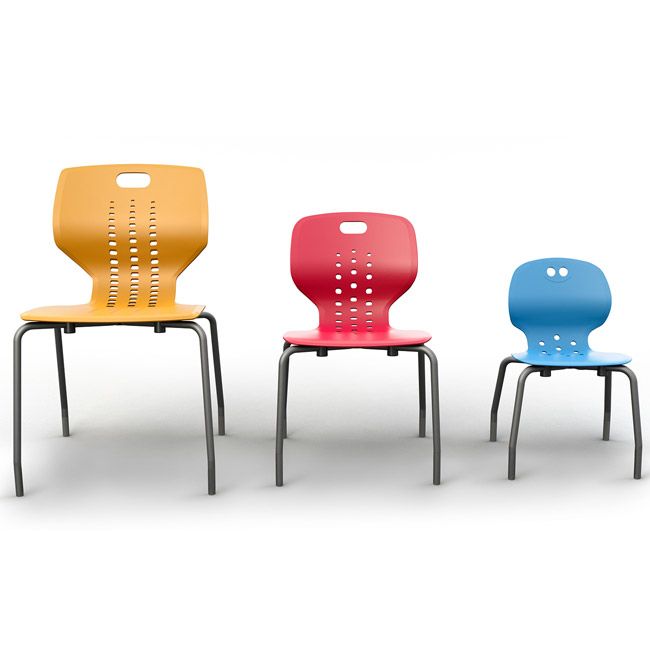 Yes, that's right, a chair with curves of a smooth shape rising to the back, which are much lower than the armrests of the chair, is called a semi-chair. Since not everyone is able to distinguish between these two interior items, we decided to combine them into one category of goods.
Yes, that's right, a chair with curves of a smooth shape rising to the back, which are much lower than the armrests of the chair, is called a semi-chair. Since not everyone is able to distinguish between these two interior items, we decided to combine them into one category of goods.
English style armchairs
| Wingback chair (Code: 9877645) 178000 RUB Dimensions: 750х830х1160 mm Add to cart Read more |
| Wingback chair James Brooke (Code: 988874) 26900 RUB Dimensions: Add to cart Read more |
Speaking of chairs in the English style, we would like to immediately draw your attention to several important attributes that are characteristic of this particular type of chair:
- Firstly, this is the Wingback back (translated from English as “wing-shaped back”).
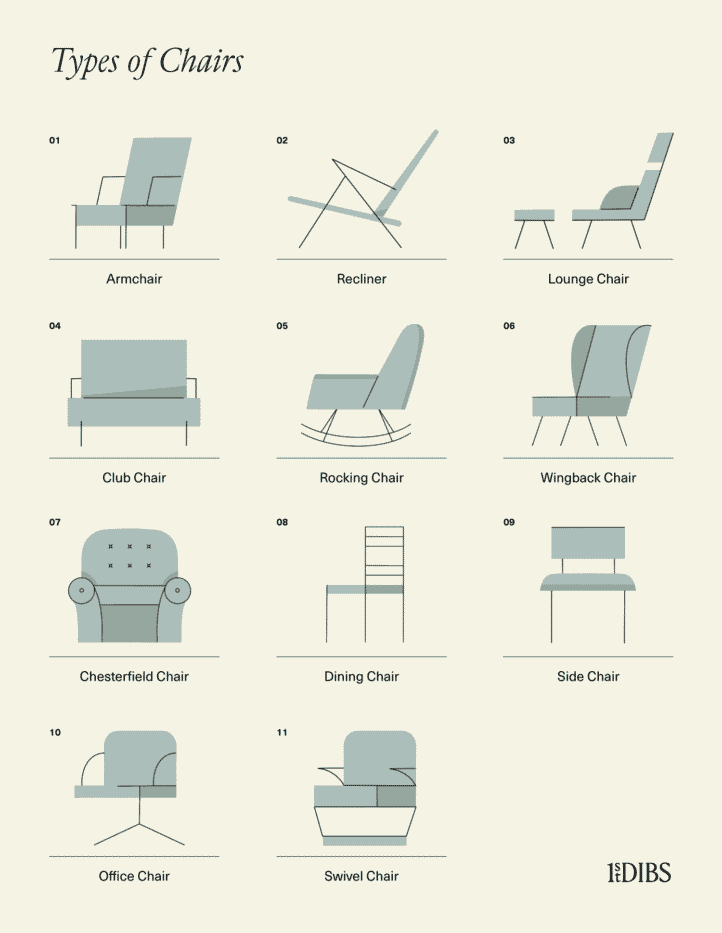 The back is U-shaped, which initially protected the seated person from drafts and fireplace heat.
The back is U-shaped, which initially protected the seated person from drafts and fireplace heat. - Secondly, chairs of this type should look strictly and dignified, so to speak "in English", it is not allowed to use a large number of carved patterns and pomp of forms that are characteristic of chairs in the Provence style.
English style chair features
In conclusion, we would like to say, more precisely, to show by example some of the features of the chairs in the English style. The photos below show everything in sufficient detail, we will only explain some points. So, the legs are made of beech, and a dense, high-quality fabric is used as upholstery, without any pretentiousness. Furniture nails are used as decorative elements, which hide the seams on the fabric. The legs are also decorated with furniture nails. The upholstery of the back is made according to the carriage tie technology, which is characteristic of many types of furniture in the English style, including one of the most recognizable in the world - the Chester sofa.